39 airspeed indicator diagram
PDF Airspeed Indicators AIRSPEED INDICATORS UNITED TRUE AIRSPEED INDICATORS The true airspeed indicator corrects the indicated airspeed for changes in tem - perature and pressure encountered as air - craft changes altitude. By align ing outside temperature and pressure altitude with setting knob, movable airspeed scale is rotated proper amount so pointer registers ... Airspeed indicator | Mayday TV Show Wiki | Fandom Diagram showing the face of a true airspeed indicator typical for a faster single engine aircraft The airspeed indicator or airspeed gauge is an instrument used in an aircraft to display the craft's airspeed, typically in knots, to the pilot. Contents 1 Use 1.1 On light aircraft 1.2 On large aircraft 2 Operation 3 Variations
ricochet.com › 1211902 › not-as-easy-as-it-looksRefueling in Air: Not as Easy as It Looks | Ricochet Mar 30, 2022 · Between startup, taxi, launch and climb to altitude, an A-7 would convert about 2,000-lbs of fuel into noise, altitude, and airspeed. The Corsair held 10,000-lbs of fuel internally.

Airspeed indicator diagram
Airspeed indicator - Wikipedia The airspeed indicator (ASI) or airspeed gauge is a flight instrument indicating the airspeed of an aircraft in kilometers per hour (km/h), knots (kn), miles per hour (MPH) and/or meters per second (m/s). The recommendation by ICAO is to use km/h, however knots is currently the most used unit. Airspeed Indicator Explained: 6 Things You Need To Know Airspeed Indicator Colors Explained On the face of the Airspeed Indicator are several colored arcs, white, green, yellow, and a single red line. See the diagram below for the bigger picture. Airspeed indicator markings. Image: Wikimedia.org White The white arc indicates the flaps operating range. › velocityVelocity - definition of velocity by The Free Dictionary ve·loc·i·ty (və-lŏs′ĭ-tē) n. pl. ve·loc·i·ties 1. Rapidity or speed of motion; swiftness. 2. Physics A vector quantity whose magnitude is a body's speed and whose ...
Airspeed indicator diagram. Airspeed indicator - Infogalactic: the planetary knowledge ... Diagram showing the face of a true airspeed indicator typical for a faster single engine aircraft. The airspeed indicator or airspeed gauge is an instrument used in an aircraft to display the craft's airspeed, typically in knots, to the pilot. In its simplest form, an ASI measures the difference in pressure between that which is generally ... en.wikipedia.org › wiki › Helicopter_flight_controlsHelicopter flight controls - Wikipedia Unlike a fixed wing aircraft where the maximum airspeed is a function of the strength and stresses of the airframe, the maximum forward flight speed in a helicopter is limited by the RPM of the rotor and the effective airspeed over each blade. In a stationary hover, each rotor blade will experience the same airspeed at a constant RPM. PDF Airspeed Indicator (Cont) The airspeed indicator is primary power, indicating whether or not you are at your desired airspeed. Wind Shear On The Glideslope If a headwind shears to a calm or tailwind, aircraft pitch decreases, lAS decreases then increases, VSI increases, and you must first add thrust then reduce it. What Is a Vertical Speed Indicator and How Does It Work? The six pack consists of the airspeed indicator, altimeter, attitude indicator, heading indicator, and turn coordinator. In addition, the vertical speed indicator shows the airplane's rate of either climb or descent. This is displayed as feet per minute, or FPM, even in countries that use the metric system.
mycfibook.com › lesson-plans › runway-incursionRunway Incursion Avoidance - My CFI Book Provide the learner with an airport diagram depicting close, parallel runways (e.g., SFO or KLAX) and devise scenario-based questions that involve landing and taxi procedures. Scenario: You are on an approach to land at the airport in the diagram. Once you have landed, you will need to cross the parallel runway as you taxi to the parking location. Airspeed - United Inst 8100 Series The 8100 Series True Airspeed Indicator is intended for use on an aircraft to indicate the speed relative to the air at sea level or the desired altitude, to indicate the equivalent speed corresponding to the actual force of the air. The indicator has an inner dial to indicate true airspeed. The Airspeed Indicator - AeroToolbox Airspeed indicators are marked in accordance with a standard color-coded marking system to enable a pilot to determine at a glance the current airspeed in relation to a number of critical airspeeds that determine the safe operation of the aircraft. Shown below is a representation of a typical ASI seen on a single-engined light aircraft. How It Works: Pitot-static system - AOPA The airspeed indicator compares both types of air pressure to provide a readout for the pilot. The airspeed indicator is the only instrument in the pitot-static system that uses both types of air pressure. The altimeter, which displays altitude in feet, uses static pressure to sense pressure changes.
Airspeed Indicator - CFI Notebook .1 * 100 KCAS (cruise airspeed) = 10 knots (correction speed) 100 (CAS) + 10 = 110 knots TAS Ground Speed (GS): Groundspeed (GS) is the actual speed of the airplane over the ground It is TAS adjusted for wind (airmass movement) GS decreases with a headwind and increases with a tailwind The 4 Types Of Airspeed, And What Each One Means For You 1) Indicated Airspeed (IAS) This one's pretty simple. It's read right off your airspeed indicator and is usually what you'll reference in the cockpit for speed changes. The speed limits of the sky, like not exceeding 250 knots below 10,000 feet MSL, are all written as indicated airspeed values. Basinbah 2) True Airspeed (TAS) Basic Flight Instruments Explained: The "Six Pack ... See the diagram below for a typical single engine aircraft airspeed indicator along with explanations of what each colored section means. Different Types of Airspeed While most people might think that there is only one type of airspeed, if you have gone through pilot training you know that there are actually 4 general types that pilots mainly use. Aviation Airspeed Guide - Fear of Landing The diagram in the link below breaks the limitations of an aircraft down into a diagram that gives a better visualization of the green and yellow arcs on an airspeed indicator and the red Vne line.
How it Works: Airspeed Indicator (Extensive Guide ... The airspeed indicator is an instrument that displays the measured speed at which an aircraft is moving through the air. This indicator is one of three cockpit instruments that are part of the pitot-static system. The airspeed indicator is an FAA required instrument used primarily to provide guidance during climbs, descents, and landings.
How Does Your Airspeed Indicator Work, And What Happens ... Your airspeed indicator, put simply, is a scale that measures the difference between the static pressure from your static ports, and the ram pressure (dynamic + static) from your pitot tube The static pressures cancel each other out, and you're left with dynamic pressure.
Air Speed Indicator | SKYbrary Aviation Safety An air speed indicator (ASI) is a device for measuring the forward speed of the aircraft. The ASI uses the aircraft pitot-static system to compare pitot and static pressure and thus determine forward speed. Airspeed is usually measured (and indicated) in knots (nautical miles per hour) although other units of measurement are sometimes encountered.
6 Different Types of Airspeed: How to Calculate Each ... The Airspeed Indicator (ASI) measures the difference between the static pressure from the aircraft's static ports, and the ram pressure (dynamic + static) from the pitot tube. This difference is the dynamic pressure, which translates into a reading.
Pitot-static system - Wikipedia A traditional mechanical airspeed indicator contains a pressure diaphragmthat is connected to the pitot tube. The case around the diaphragm is airtightand is vented to the static port. The higher the speed, the higher the ram pressure, the more pressure exerted on the diaphragm, and the larger the needle movement through the mechanical linkage. [3]
The Airspeed Indicator - How it Works and What it Does ... The airspeed indicator is the primary means to determine how fast the aircraft is flying through the air. It has a numbered scale, normally given in knots. It receives air pressure information from two different sources and measures a differential between the two, presenting this data as 'airspeed'. To learn more about how it works, read on.
› velocityVelocity - definition of velocity by The Free Dictionary ve·loc·i·ty (və-lŏs′ĭ-tē) n. pl. ve·loc·i·ties 1. Rapidity or speed of motion; swiftness. 2. Physics A vector quantity whose magnitude is a body's speed and whose ...
Airspeed Indicator Explained: 6 Things You Need To Know Airspeed Indicator Colors Explained On the face of the Airspeed Indicator are several colored arcs, white, green, yellow, and a single red line. See the diagram below for the bigger picture. Airspeed indicator markings. Image: Wikimedia.org White The white arc indicates the flaps operating range.
Airspeed indicator - Wikipedia The airspeed indicator (ASI) or airspeed gauge is a flight instrument indicating the airspeed of an aircraft in kilometers per hour (km/h), knots (kn), miles per hour (MPH) and/or meters per second (m/s). The recommendation by ICAO is to use km/h, however knots is currently the most used unit.




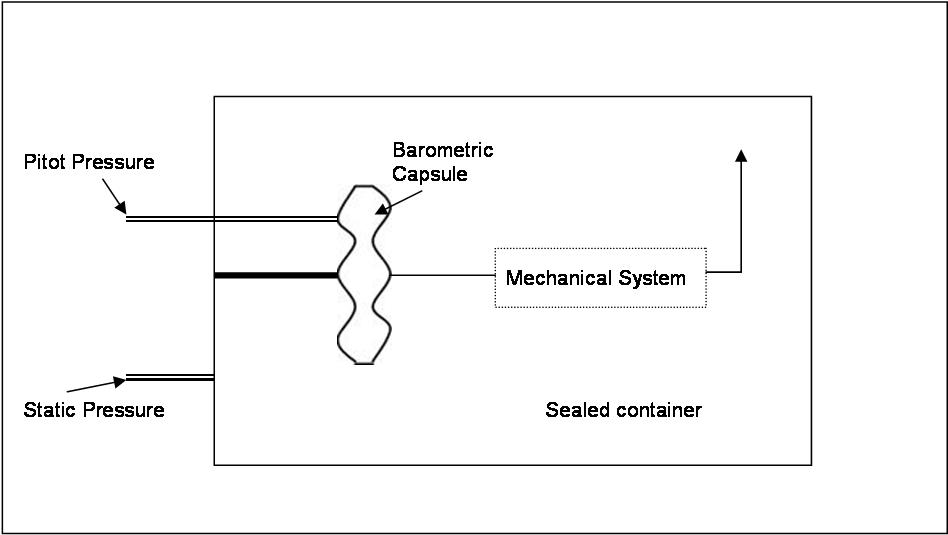


_JPG.jpg)

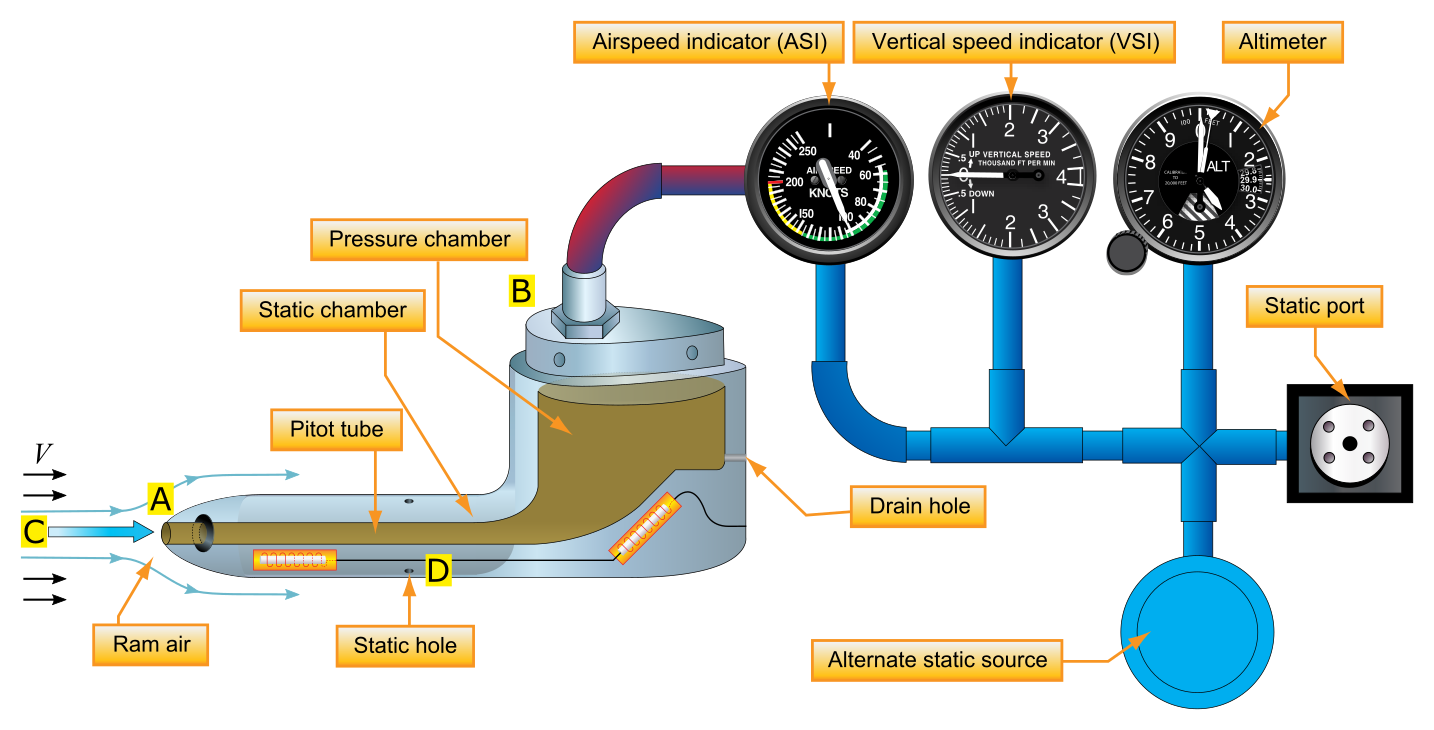

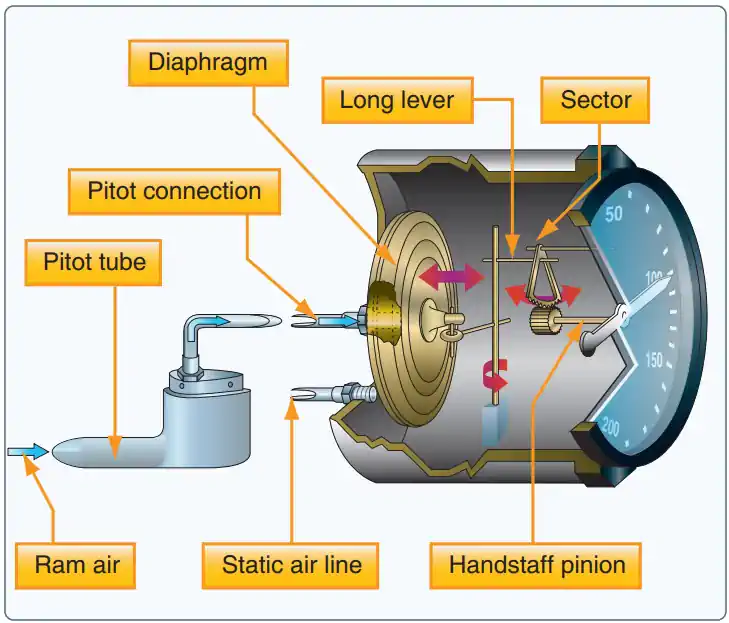

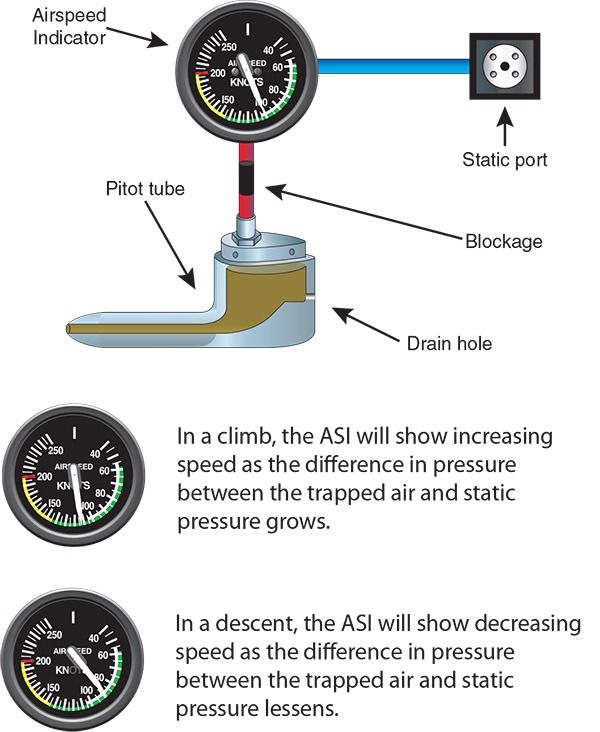
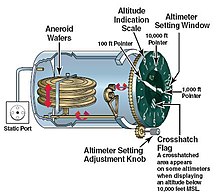








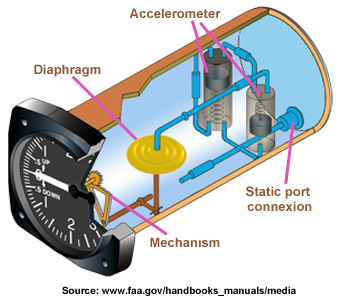
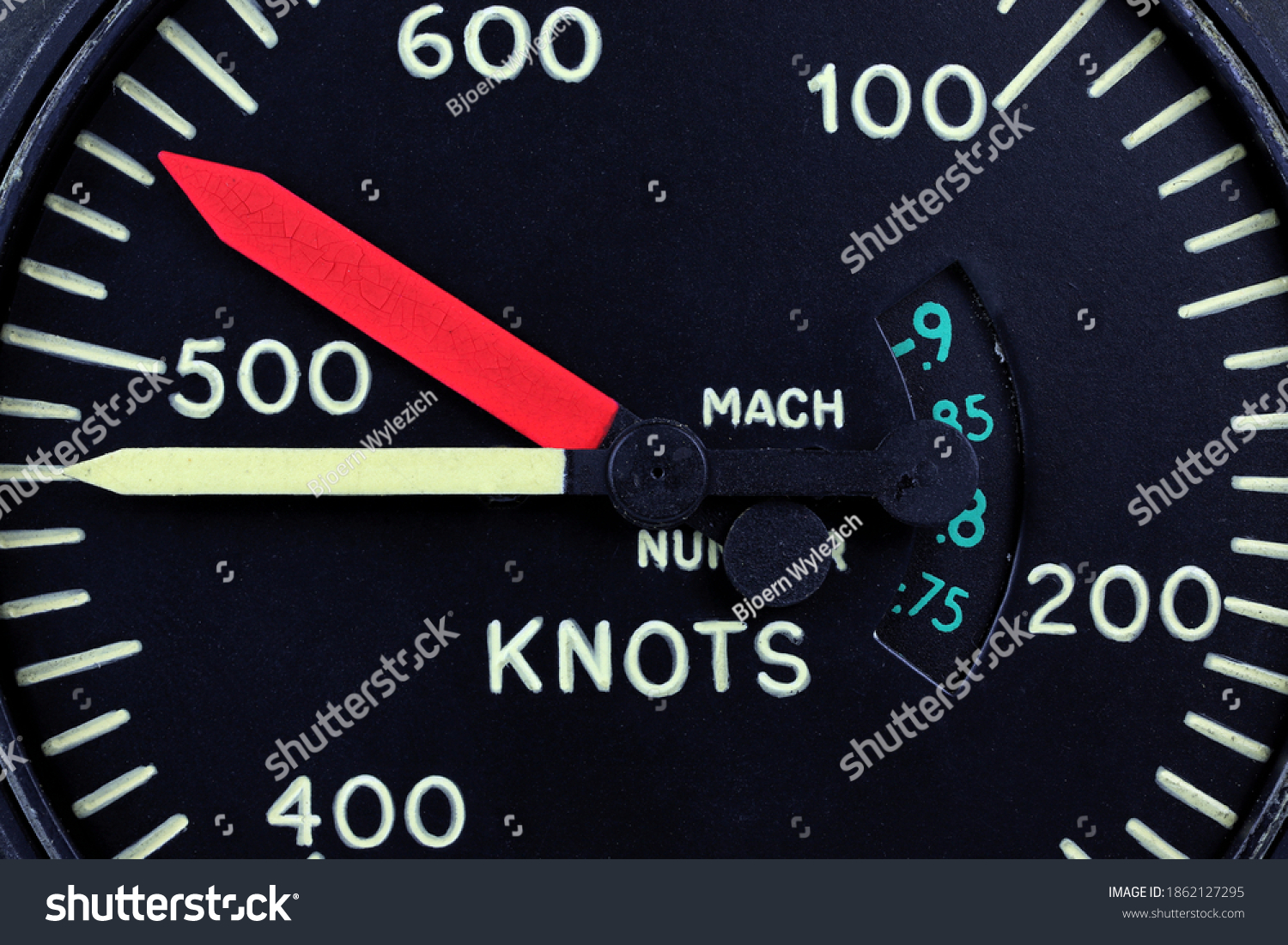
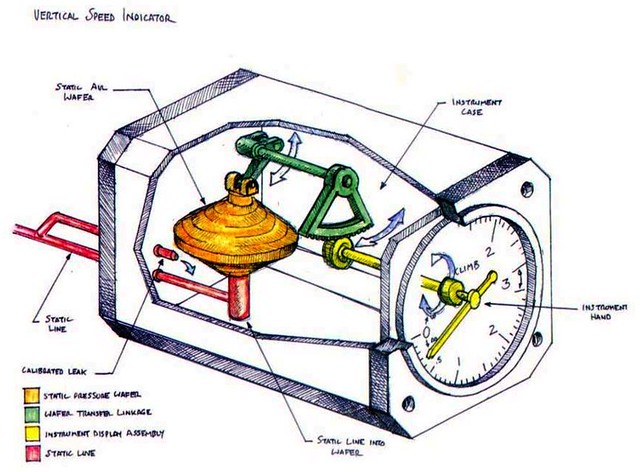
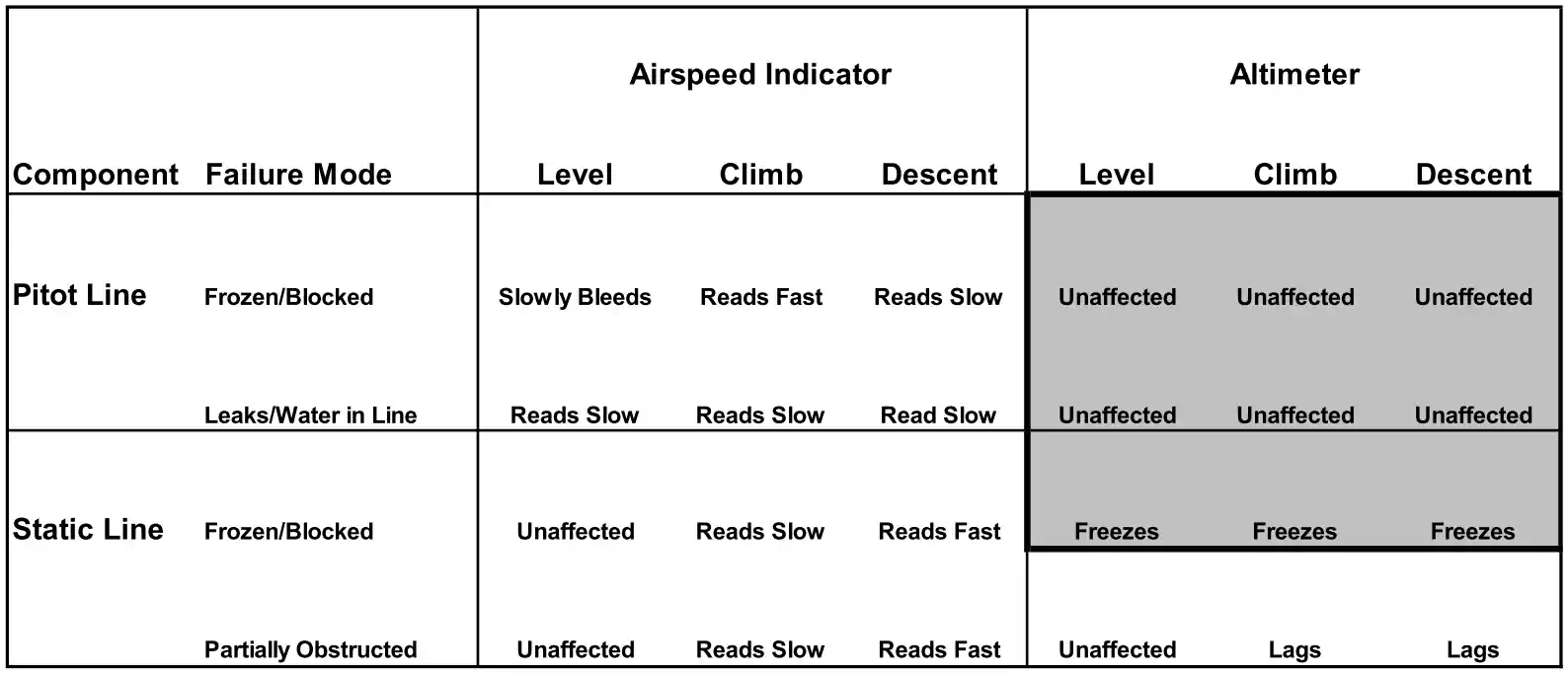


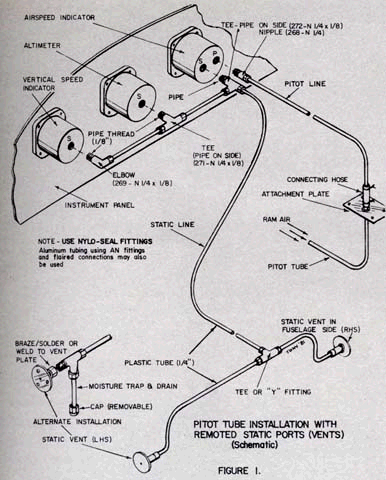
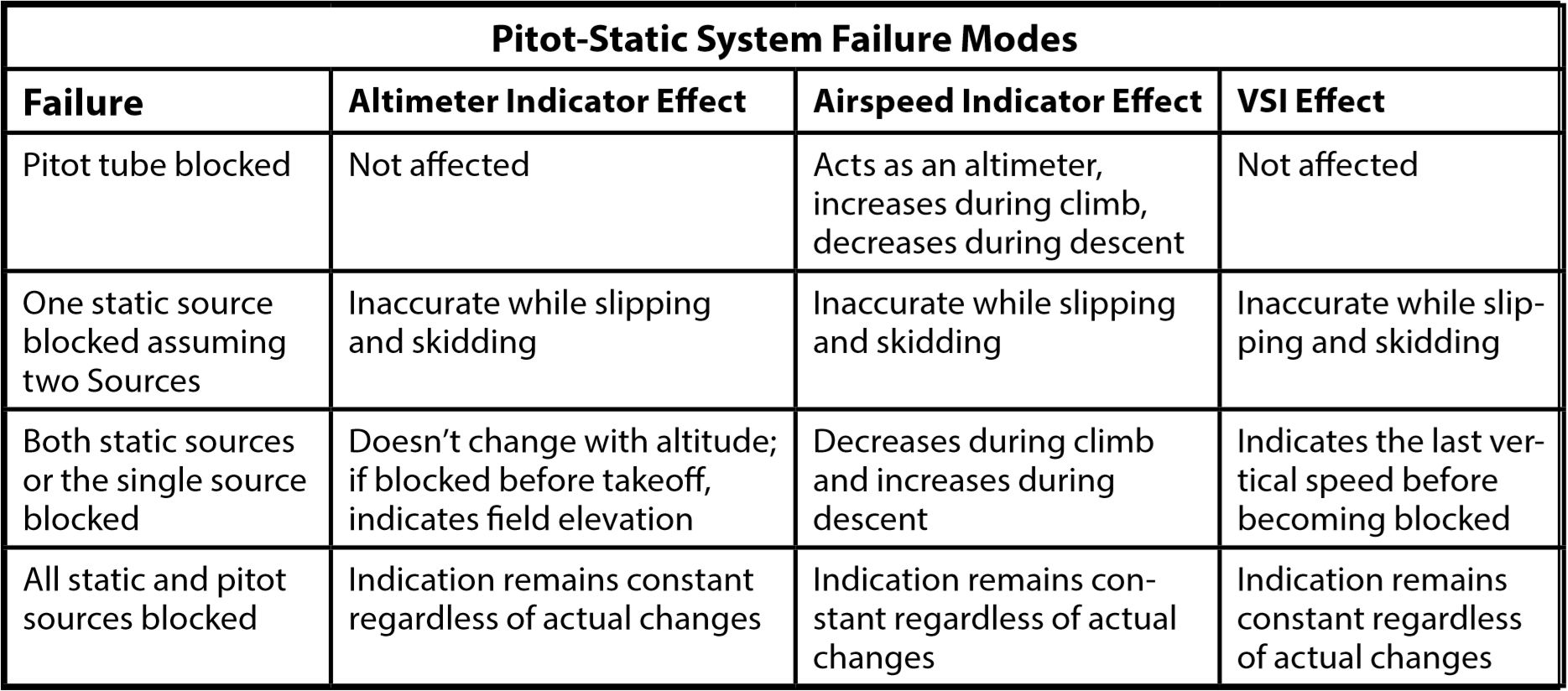
Comments
Post a Comment